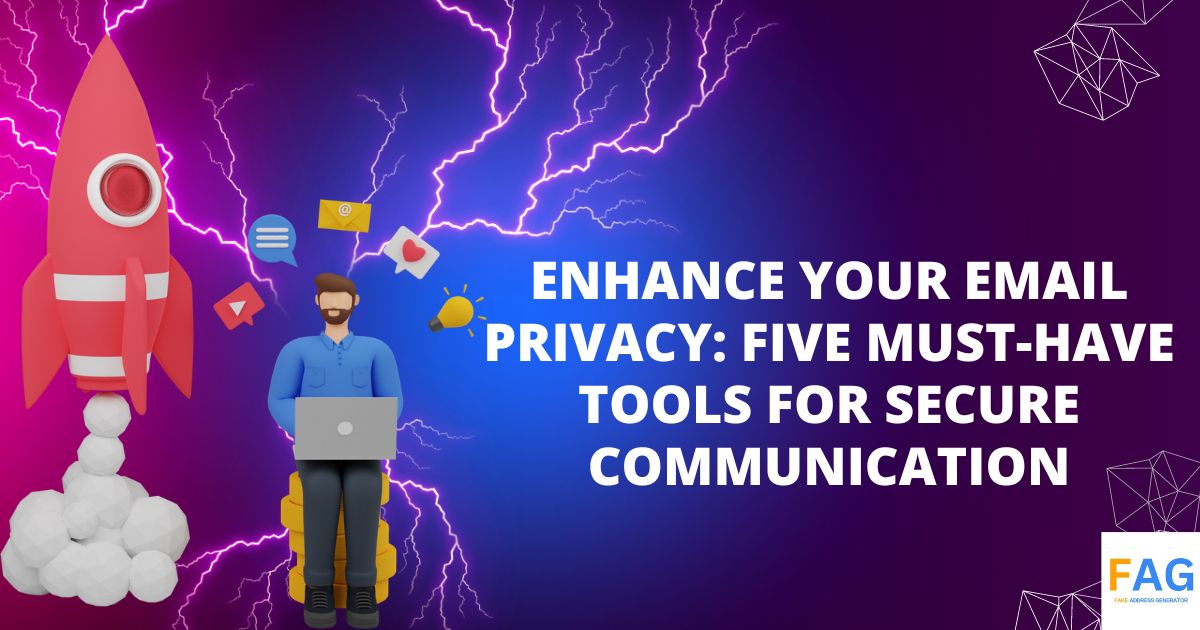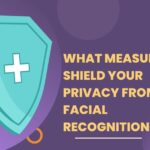Email is a critical communication tool for individuals and businesses alike. However, with the rise of cyber threats, email privacy and security have become a major concern. Protecting your email from hackers, phishers, and other unauthorized third parties is essential to maintaining your digital safety. Fortunately, several tools are available that can help boost your email privacy and security.

One of the most effective ways to secure your email is by using end-to-end encryption tools. These tools encrypt your messages from the moment they leave your device until they reach the recipient. This means that even if a hacker intercepts your message, they won’t be able to read it. ProtonMail and StartMail are two popular end-to-end encryption email services that offer strong encryption and other privacy features. Another essential tool for safeguarding the privacy of your email inboxes is a password manager. Password managers automate the generation and storage of strong passwords for all your accounts, including your email inboxes. This eliminates the need to remember multiple passwords and reduces the risk of password-related security breaches. Popular password managers include LastPass and 1Password.
| Year | Number of Email Users Worldwide (billions) | Reported Phishing Attacks |
|---|---|---|
| 2021 | 4.1 | 1.2 million |
| 2022 | 4.3 | 1.5 million |
| 2023 | 4.5 | 1.7 million |
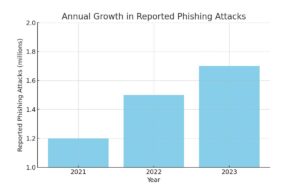
Five Must-Have Tools for Secure Communication
When it comes to email privacy, using the right tools can make a significant difference in protecting your sensitive information. In this section, we will introduce five must-have tools for secure communication that will help you keep your emails private and confidential.
1. ProtonMail
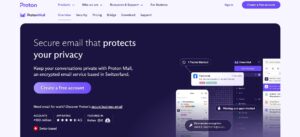
ProtonMail is a secure email service based in Switzerland that is known for its commitment to privacy and security. It uses end-to-end encryption, which means that emails are encrypted on your device before they are sent and can only be decrypted by the recipient. ProtonMail does not log user activity, doesn’t require personal information for account creation, and its servers are located in a country with strict privacy laws, ensuring that your email contents and identity are protected.
2. Tutanota

Tutanota is another secure email provider that offers end-to-end encryption for emails. This service encrypts the subject, body, and attachments of emails. It includes features such as encrypted calendars, offers both free and premium versions and allows you to send encrypted emails to recipients who do not use Tutanota.
3. Mailvelope
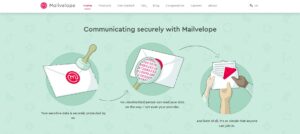
Mailvelope is a browser extension that integrates with popular email services like Gmail and Yahoo Mail, providing OpenPGP encryption for webmail services. It is user-friendly and doesn’t require switching email providers. Mailvelope is an excellent option for enhancing the security of your existing email accounts without significantly changing your workflow.
4. Signal
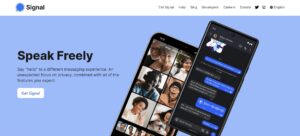
While primarily known as a secure messaging app, Signal also offers the ability to send private, encrypted emails to your contacts by linking your email account to its service. Signal’s encryption protocol is highly regarded for its security and is used by other secure communication apps. Using Signal for emails ensures that your communications are secured by a trusted, well-tested encryption method.
5. TorGuard Email
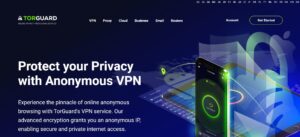
TorGuard’s secure email service offers encrypted email on the web or via a client using SSL and OpenPGP encryption. TorGuard Email does not store any logs and offers perfect forward secrecy, meaning that the encryption keys are constantly changing, further securing your emails against potential future threats.
Frequently Asked Questions
What steps can I take to enhance the security of my email account?
Several steps can enhance the security of your email inbox and overall account. First, use a strong and unique password and enable two-factor authentication (2FA) to add an additional layer of security. Second, avoid clicking on suspicious links or downloading attachments from unknown sources, as these can contain malware or viruses. Third, This change introduces “DKIM” in a context that relates to email security enhancements, specifically in terms of email authentication, which is a primary function of DKIM.
Which tools can help protect the privacy of my email communications?
Several tools can help protect the privacy of your email communications. One such tool is end-to-end encryption, which ensures that only the sender and recipient can read the message. Another tool is a virtual private network (VPN), which can encrypt your internet traffic and protect your online privacy. Additionally, email clients like ProtonMail and Tutanota offer secure and private email services that prioritize user privacy.
How can I safeguard my email from phishing and other security threats?
To safeguard your email from phishing and other security threats, you should always be cautious when opening emails from unknown senders or clicking on links or attachments in emails. Be especially wary of emails that ask for personal information or login credentials, as these are often phishing attempts. Additionally, use anti-phishing software and keep your antivirus software up to date to protect against malware and other security threats.
What are the best practices for maintaining email confidentiality in a corporate setting?
In a corporate setting, best practices for maintaining email confidentiality include using secure email services, encrypting sensitive information, and limiting access to confidential emails to only authorized personnel. Additionally, employees should be trained in proper email security practices and should be aware of the risks associated with sharing confidential information via email.
As a student, what should I know about email safety and privacy?
As a student, it is important to be aware of email safety and privacy best practices. Students should use strong and unique passwords for their email accounts, enable two-factor authentication, and avoid clicking on suspicious links or downloading attachments from unknown sources. Additionally, students should be aware of the risks associated with sharing personal information via email and should use secure email services whenever possible.
How can adherence to NIST guidelines improve my email security posture?
Adherence to National Institute of Standards and Technology (NIST) guidelines can help improve your email security posture by providing a framework for assessing and managing cybersecurity risk. NIST guidelines include best practices for securing email communications, such as using strong passwords, enabling two-factor authentication, and regularly updating software and email clients. By following these guidelines, you can help protect your email from security threats and improve your overall cybersecurity posture.
